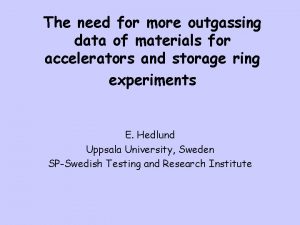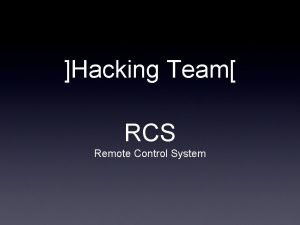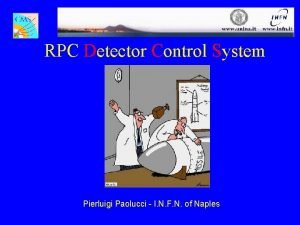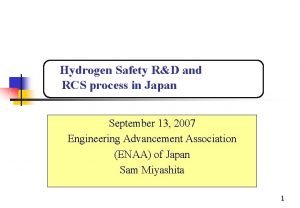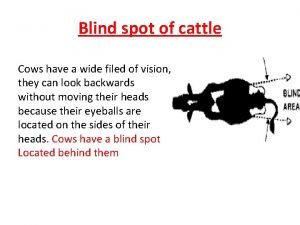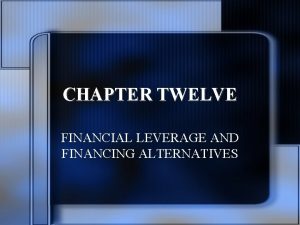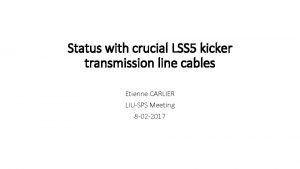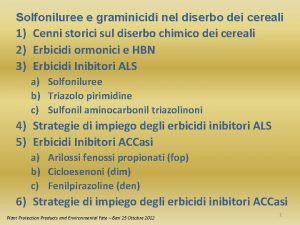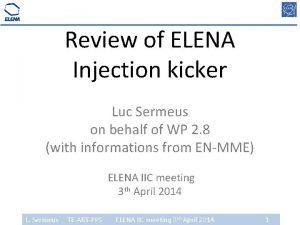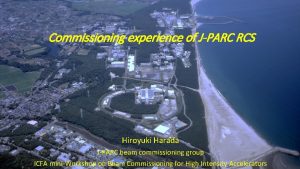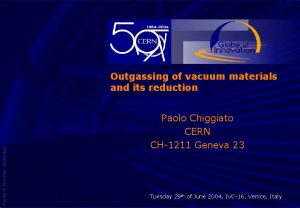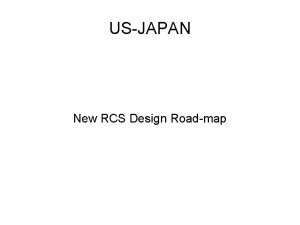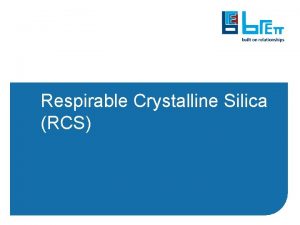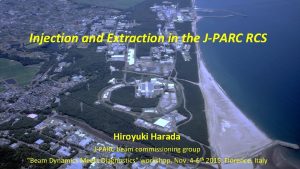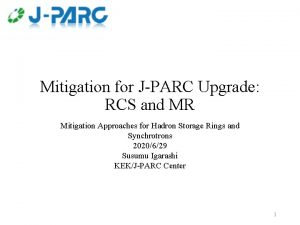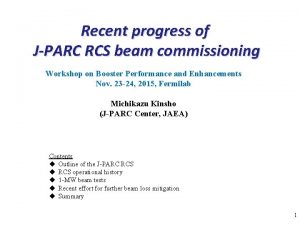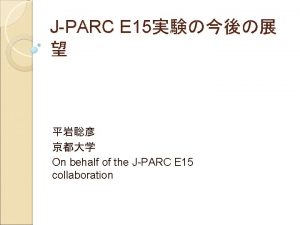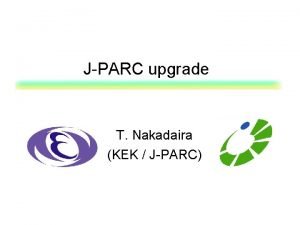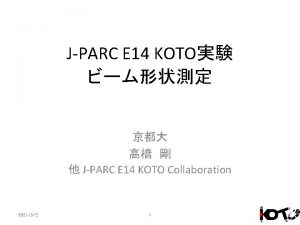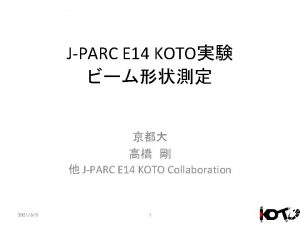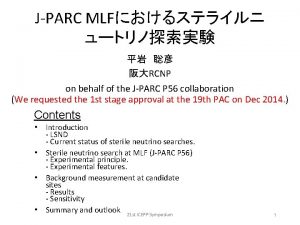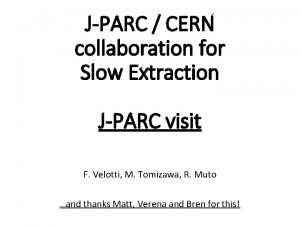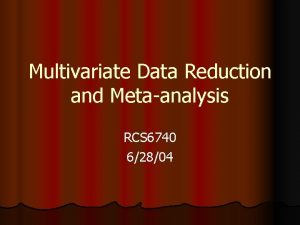JPARC RCS Kicker System and Its Outgassing Reduction


















- Slides: 18

J-PARC RCS Kicker System and Its Outgassing Reduction Junichiro Kamiya J-PARC (Japan Proton Accelerator Research Complex) JAEA (Japan Atomic Energy Agency) Accelerator Group

Japan Proton Accelerator Research Complex (J-PARC) Tokyo J-PARC, Tokai-mura, Ibaraki-ken 3 -Ge. V RCS Japan Hadron MLF Linac 50 -Ge. V MR

The Kicker Magnet System of the RCS in J-PARC Extracted 3 Ge. V proton beam Extraction section Septum magnet J-PARC 3 Ge. V RCS Beam Power of 1 MW J-PARC: Japan Proton Accelerator Research Complex (Tokai-mura, Ibaraki-ken, Japan) RCS: Rapid Cycling Synchrotron KA 1 KA 2 KA 3 KB 1 KB 2 KB 3 KB 4 KB 5 Type L M S S S M L L By (gauss) 370 430 480 480 430 370 Angle (mrad) 1. 82 2. 10 2. 37 2. 10 1. 82 Magnetic Field and Kick Angle of Kicker Magnets

Overview of the Kicker Magnet System ~current flow process~ l. Charging trigger is put in. units charge PFL (Pulse Forming Line: co-axial cables). l. Discharging l. Thyratron l. Current trigger is put in. is energized. goes through load co-axial cables to conductors in the magnet. l. Current is reflected at the short end. (The exciting current becomes double. ) l. Inverse current is consumed by the matching registers. Power Source Room l. Charging Utility tunnel Main tunnel in vacuum chamber

Kicker Magnet Specification of the Kicker Magnet Numbers 8 (S: 3, M: 2, L 3) Configuration Twin-C distributed magnet Dimension Aperture size Vertical 960 mm Horizontal 776 mm Length 638 mm Vertical 186 mm (S), 206 mm (M), 232 mm (L) Horizontal 360 mm Length 638 mm Magnet core Ferrite [PE 14, TDK ltd] Unit number 20 units/magnet Characteristic impedance 10 W Kicker Magnet Vacuum chamber Dimension Vertical 885 mm (A, B) Horizontal 1080 mm (A, B) Length 2495 mm (A), 4065 mm (B) Conceptual figure of the Kicker Magnet

Assembly of the Kicker Magnet Ceramic bottom and side plate Electrode plate and ferrite core Inside the Aperture Earth plate Current input terminal

Outgas Reduction • Outgas from magnet components have large effects on vacuum and eventually beam itself. – Main component of the magnet – Aluminum alloy : Surface area 35 m 2/magnet – Ferrite core : Surface area 5 m 2/magnet – Aluminum alloy • Pit-free electro-polishing K. Tajiri, Y. Sato, et al. Journal of Vacuum Sci. & Tech. A, A 16(3), May/June 1998 » Small surface area (Ra=0. 03 mm) » Stable oxide film (200 nm thick) • 150 deg C baking about 24 hours in a vacuum before assembling a magnet • Outgassing rate: less than 10 -9 Pa m/sec

Outgas Reduction (continued) – Ferrite cores • 200 deg C baking about 300 hours in a vacuum before assembling a magnet • Outgassing rate: 4 x 10 -7 Pa m/sec (desired value 10 -6 Pa m/sec) H 2 O Effect of baking on the outgas from ferrite core

Discharge Problems E~tens of k. V/cm Trace of discharge was generated at the concentration points of electric field and the creepage surface between them. More outgassing reduction is needed ! several k. V/cm

Ferrite cores sintering grinding, polishing baking in the air at 400 deg. C baking in vacuum at 200 deg. C Aluminum alloy Pit-free electropolishing aluminum Baking in vacuum at 150 deg. C Magnet These processes are obviously negative for vacuum. Assemble (in the air) Magnetic field measurement (in the air) baking in vacuum Conditioning by HV New process has been added to suppress the electrical discharge.

Conditioning effect Pressure during the conditioning with high voltage Outgassing components Continuous excitation applying HV has conditioning effect. No traces of electrical discharges have not been found after the new process was introduced. Pressure after the 1 day conditioning

Summary J-PARC RCS kicker magnet is a high power pulse devices, which is installed in vacuum. l. Outgassing from the magnet components was thorough reduced. l. New electro-polishing was adopted to the surface of the aluminum. l. The baking and conditioning with HV suppressed the electrical discharges. l

Brief Report ~Vacuum status during the RCS beam operation~ J-PARC RCS design: 3 Ge. V, 8. 3 x 1013 protons, 25 Hz, 1 MW Effect of the high current beam on vacuum may be a serious problem like in the ISR at CERN. ~ “pressure bump” The effect have become visible above the beam power of 20 k. W at RCS. We measured the effect of the high power beam on pressure around the ring and outgassing components measured by mass filters.

RCS Vacuum System 24 Turbo molecular pumps 20 Spattering ion pumps 44 Cold cathode gages 17 B-A gages 2 Quadrupole mass filters

Effect of high power beam Run 14: 50 k. W Run 18: 210 k. W Run 20: 100 k. W, 20 k. W Injection section Extraction section RF section

Outgassing Components Injection section RF section Hydrogen and hydrocarbon compounds are increased in the injection section, while only hydrogen increased in RF section. The carbon-foil for charge exchange in the injection section may have some effect to the outgassing.

Conditioning Effect Run 20 Run 21 20 k. W, 2 bunch beam About 1 month beam operation There was a conditioning effect by the long time high power operation. We have to care for the response of the vacuum in every step of increasing the beam power.

Thank you for your kind attention.
 Fr4 outgassing
Fr4 outgassing Hacking team rcs
Hacking team rcs Inspire rcs
Inspire rcs Rcs electronic control schema elettrico
Rcs electronic control schema elettrico Rcs japan
Rcs japan Urgent care rcs
Urgent care rcs Rcs demo
Rcs demo Rcs+
Rcs+ Laptop repair rensselaer
Laptop repair rensselaer Cows blind spot
Cows blind spot They accuse me of being dark in their free city
They accuse me of being dark in their free city Its halloween its halloween the moon is full and bright
Its halloween its halloween the moon is full and bright Example of hammer headline
Example of hammer headline 5 types of headlines
5 types of headlines News story example
News story example Equity kicker
Equity kicker Kicker
Kicker Kicker diserbo
Kicker diserbo Kicker
Kicker
